The hollow Cylindrical structure fitted inside the cylinder mold of the engine block is called a cylinder liner.
These are hollow, thin metallic structures that are of great importance in IC engines. The liner is fitted in such a way that its outer surface is in complete contact with the cylinder block and the inner surface is finely polished as it is in contact with the moving piston.
The cylinder liner is one of the critical yet flexible components of internal combustion engines.
Due to the cylinder liner, the piston and the engine block do not come in contact with each other hence reducing the wear of the costlier engine block.
Functions of Cylinder liner:
A cylinder liner performs various functions in an IC engine some of the important functions of the IC engine cylinder liners are:
Formation of sliding surface:
A cylinder liner provides a smooth sliding surface that allows the reciprocating motion of a piston. The friction resistance offered by the inner walls of the liner is negligible; this allows the piston rings to slide over the inner walls of the liner. A thin film of lubricant is generated on the inner surface of the liner which further decreases the resistance due to friction.
Reduces wear:
The cylinder liners have high Anti Galling Properties that reduce the wear of the liner as well as the piston rings that are in contact with the liner. If the cylinder liner was not present then the piston rings would have been in direct contact with the cylinder block. And if the cylinder block gets worn out it would be much costlier to replace the whole cylinder block than to replace the cylinder liner.
NOTE: Galling is a type of wear caused due to the adhesion force between two mating parts.
Heat transfer:
Cylinder liners also perform a major function of transferring heat (generated due to burning of charge) to the engine block and then to the atmosphere (sink). In the case of a wet liner, the heat is directly transferred from the cylinder liner to the coolant at a lower temperature that acts as a sink.
Sealing:
A cylinder liner also helps in providing a seal between the piston rings and the liner walls. This is due to the extreme smoothness of the inner cylinder walls. This reduces the leakage of charge during the compression stroke and also reduces the leakage of exhaust gases during the exhaust stroke.
Withstands the combustion:
The combustion in an IC engine generates high pressure and temperature. The cylinder liners absorb high temperatures and pressures of around 2500 degrees celsius and up to 25 bars respectively. Such high temperature and pressure would damage the cylinder block if the cylinder liner is not present.
Types of Cylinder liners:
There are 3 basic types of liners used in internal combustion engines.
- Dry liners
- Wet liners and
- Finned liners
Dry liners:
The liners that are not in contact with the liquid coolant are called dry liners. These are simple hollow cylindrical tubes that fit inside a cylinder block.
Construction:
The figure below shows the basic construction of a dry liner.
Here the liner is installed in the cylinder block that fits exactly inside the mold. It is then locked on the upper side of the cylinder block. The water jackets containing coolants are not in direct contact with the liner.
The pressure developed due to the combustion of the charge is resisted by the liner as well as the engine block. This is due to the zero clearance provided between the liner and the cylinder block.
Therefore the liner thickness is kept small in the range of 1.5mm to 3mm. The heat transfer first takes place from the liner to the engine block and the engine block to the cooling jackets.
Hence the time taken for the engine to cool down is more. Replacing the dry liner needs special tools and they do not catch corrosion easily as they are not in contact with the water jackets.
Wet liners:
Liners that are in direct contact with the cooling water or coolants are called wet liners. The construction of wet liners differs slightly from that of dry liners.
Construction of wet liners
The figure below shows the basic construction of the wet liners.
The wet liners are fitted in the cylinder block and are locked from both ends to avoid the leakage of cooling water or coolant. Wet liners have a thickness of 3mm to 6mm greater than dry liners because there is no supporting structure like a cylinder block.
The liner alone can withstand the force generated during the combustion of charge. The heat transfer In the case of wet liner directly takes place from the liner to the coolant.
This results in a better heat transfer rate and the chamber can reach higher temperatures for better thermal efficiency. It is easy to remove a wet liner as it is not fitted as tightly as the dry liners.
Finned liners:
Finned liners are used in air-cooled engines. The basic diagram of the finned liner is given below
The fins of the liner are exposed to open air. When the air passes through the fins it increases the heat transfer rate and cools the engine better.
The fin cooled engines can also have a wet liner to further increase the heat transfer rate. These liners are generally used in engines where the engine is exposed to open air.
Difference between the Dry liner and Wet liner:
| Dry liners | Wet liners |
| Dry liners are not in direct contact with the cooling water. | Wet liners are in direct contact with the cooling water. |
| These are difficult to replace | These are comparatively easy to replace. |
| No need for a leak-proof joint | A leakproof seal is required to resist the leakage of the coolant. |
| The casting of the cylinder block is complicated. | Cylinder casting is not as complicated as in the case of dry liners. |
| A very accurate machining process is required to manufacture these liners | A less accurate machining process is required to manufacture wet liners |
| The final finishing cannot be done before fitting the liners | The final finishing can be done before fitting the liners |
| The heat transfer rate is less | The heat transfer rate is more |
| The force of combustion is taken by the liner as well as the cylinder block. | The force of combustion is taken by the liner alone. |
| The thickness of the dry liner is 1.5mm to 3mm | The thickness of the wet liner is 3mm to 6mm |
Materials used for making Cylinder liners:
The main material used for making cylinder liners is cast iron. This is due to the presence of graphite which acts as a lubricant. Furthermore cast iron is also porous and provides excellent damping properties. The cylinder liners are manufactured by a process called centrifugal casting. The raw material is taken directly from the blast furnace.
The material used for making cylinder liners must serve multiple purposes and cast iron alone cannot fulfill them, hence cast iron is mixed with some other elements to form an alloy that can be used to make cylinder liners. These added materials are.
Chromium:
Chromium mixed with cast iron improves the hardness and wear resistance of the liner. Chromium is also a Corrosion-resistant metal that increases the corrosion resisting capacity of the liner.
Molybdenum:
Molybdenum also increases the wear resistance and strength of the liner. It also offers resistance against high temperature and pressure.
Nickel:
nickel is added in small quantities to improve the Machinability of cast iron. It also provides uniform strength throughout the casting volume.
Copper:
Copper is also added to the alloy to improve the pearlite structure of cast iron. It also reduces the friction Coefficient and provides an excellent sliding surface. It also improves the corrosion resistance of the liner.
Vanadium:
Vanadium improves the metallic structure of the liner. It also increases the hardness of the liner and makes it less fragile.
Titanium:
Titanium is also added to the alloy as it reacts with nitrogen to form Titanium nitride. It reduces the formation of compact graphite structures and also reduces the blow holes.
Phosphorus:
Phosphorus is used to improve the grain structure of cast iron.
Silicon:
Silicon reduces the Shrinkage of the liner and strengthens the structure.
Composition of Different Materials in the cylinder liner:
| Materials | Chemical Composition in (%) |
| Cast iron | 2-4 |
| Chromium | 0.006-0.4 |
| Molybdenum | 0.5 |
| Nickel | 0.005-0.5 |
| Copper | 0.5 |
| Vanadium | 0.02-0.54 |
| Titanium | 0.005-0.05 |
| Phosphorus | 0.35 |
| Silicon | 1.6 – 2.7 |
The thickness of the liner:
The thickness of the liner determines many factors such as heat transfer rate, the pressure sustained by the liner, and the volume of the cylinder. Hence it is important to determine the proper thickness of the cylinder liner for a particular engine.
The minimum liner thickness is given by the formula
- t = minimum thickness of the liner
- D = bore diameter
- Pmax = maximum pressure in the cylinder
- Sd = design stress
Advantages of cylinder liner:
- It reduces the frictional force generated due to the piston rings.
- It increases the heat transfer rate from the liner to the engine block.
- A cylinder liner reduces the consumption of lubricating oil.
- It withstands the force generated due to combustion.
- It protects the cylinder block from getting damaged.
Disadvantages of cylinder liner:
- Engine liner limits the size of the engine.
- Alloying material in cylinder liners is costly.
Internal Resources:
- Air suspension system
- Brake System
- Chassis Frame
- Clutch complete Notes
- Single Plate Clutch
- Multi-Plate Clutch
- Electronic Ignition System
- Magneto Ignition System
- Battery Ignition System
- Rack and Pinion Steering
- Lubrication System Types
- Flywheel, Camshaft, Crankshaft
- Open Belt Drive vs Cross Belt drive
- Drum Brake vs Disc Brake
- Propeller Shaft
Reference [External Links]:
- https://www.pfri.uniri.hr/bopri/documents/04_BPCylinderLiners_000.pdf
- https://en.wikipedia.org/wiki/Cylinder_(engine)
- https://www.sciencedirect.com/science/article/pii/S2405844019357251
So our topic explanation ends here, we have studied a depth Cylinder Liner. Let me know have you understood or not? using the comment box. And if you like the article do not forget to share it with your friends and family.
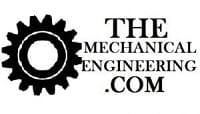
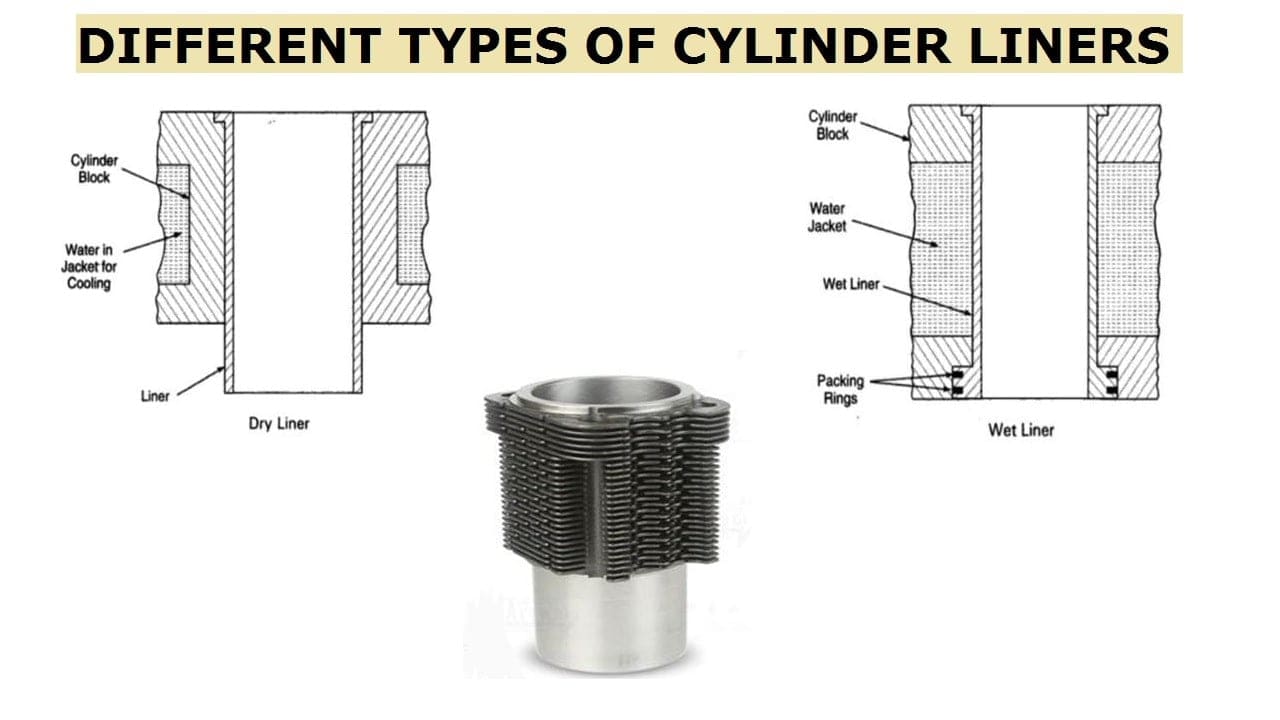
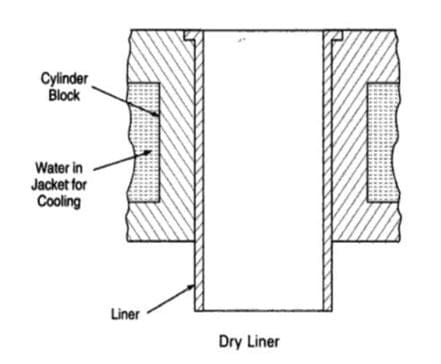
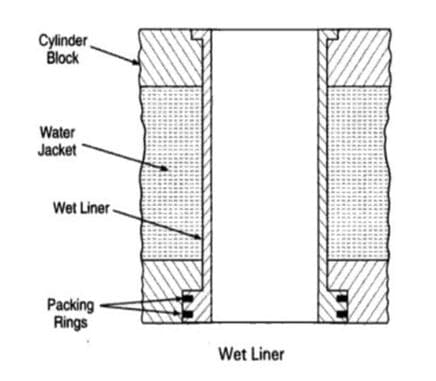
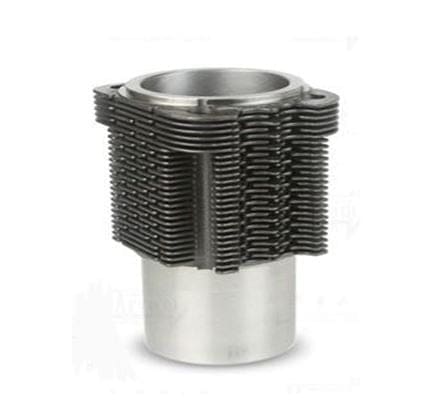


![Different Types of Measuring Tools and their Uses [Notes & PDF] Feature Image of Types of Measuring Tools](https://themechanicalengineering.com/wp-content/uploads/2023/01/Feature-Image-of-Types-of-Measuring-Tools-300x171.jpg)
![Steel: Properties, Different Types and Applications [Notes & PDF] Feature Image of Steel](https://themechanicalengineering.com/wp-content/uploads/2023/01/Feature-Image-of-Steel-300x168.jpg)
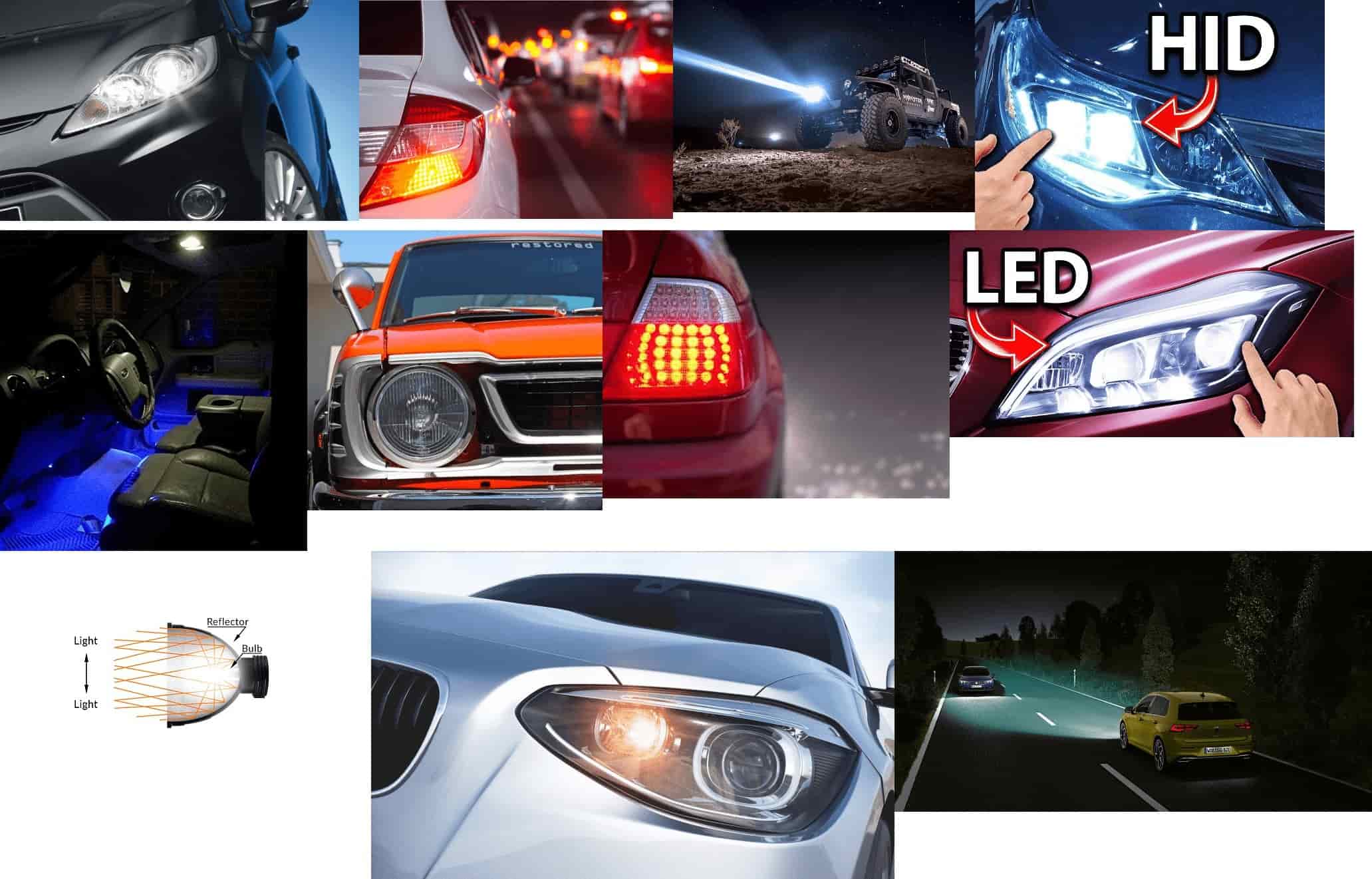
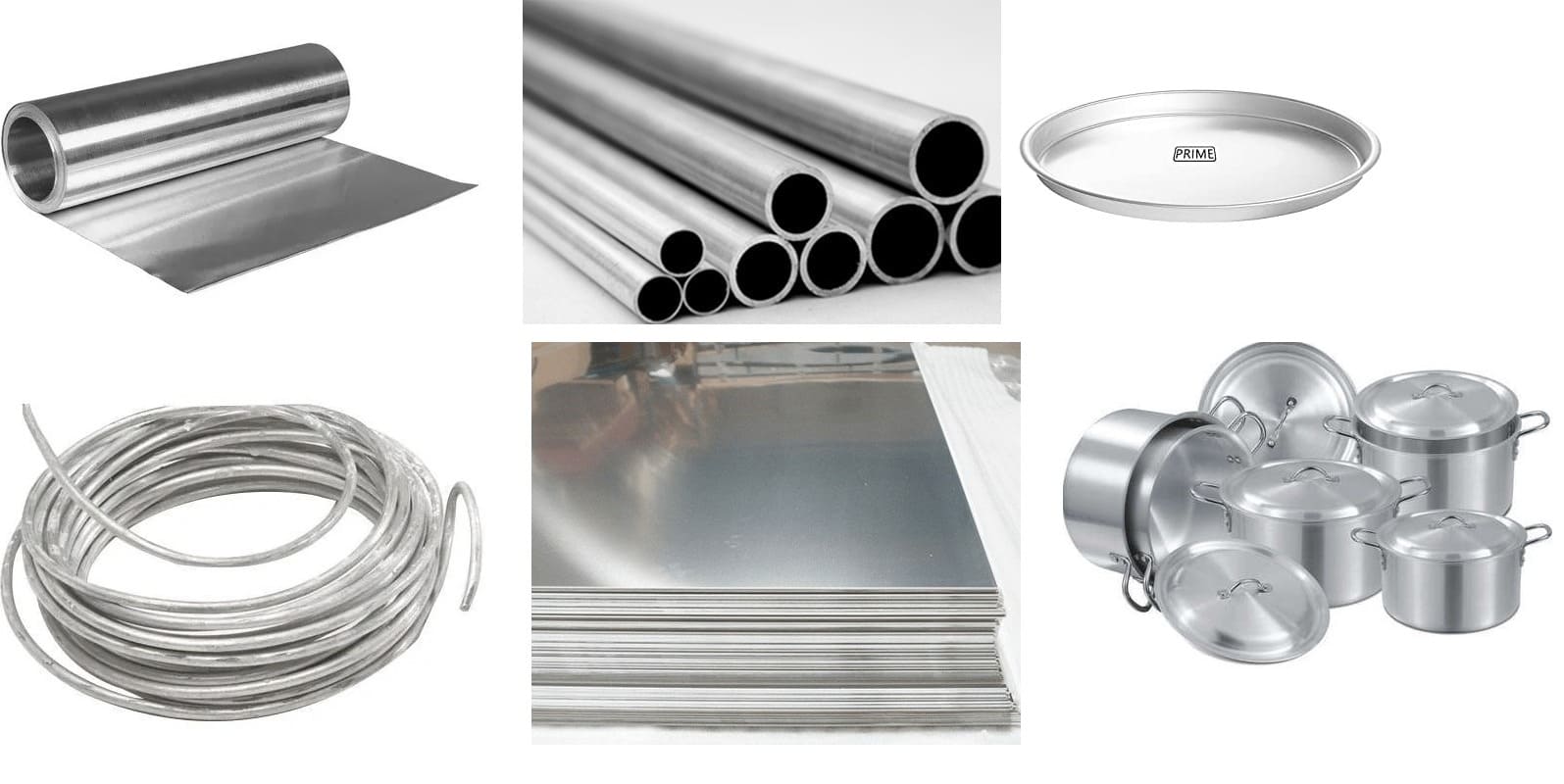
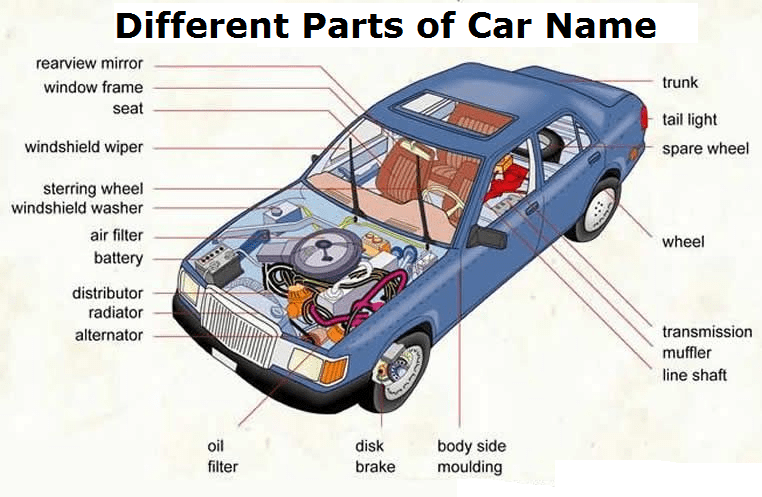
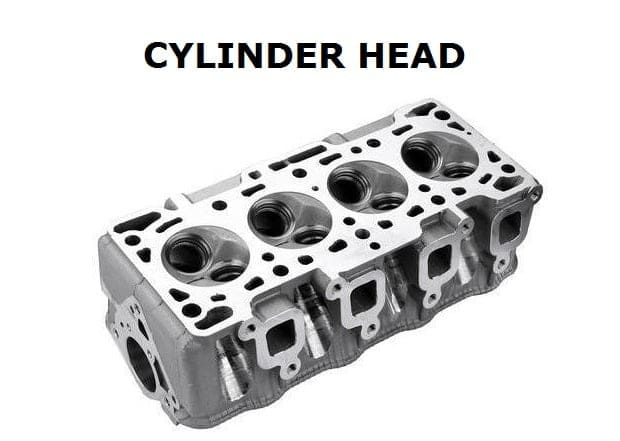
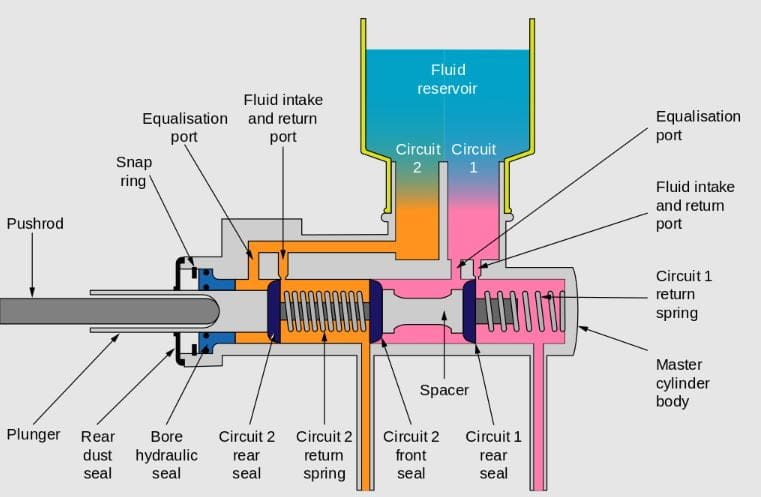
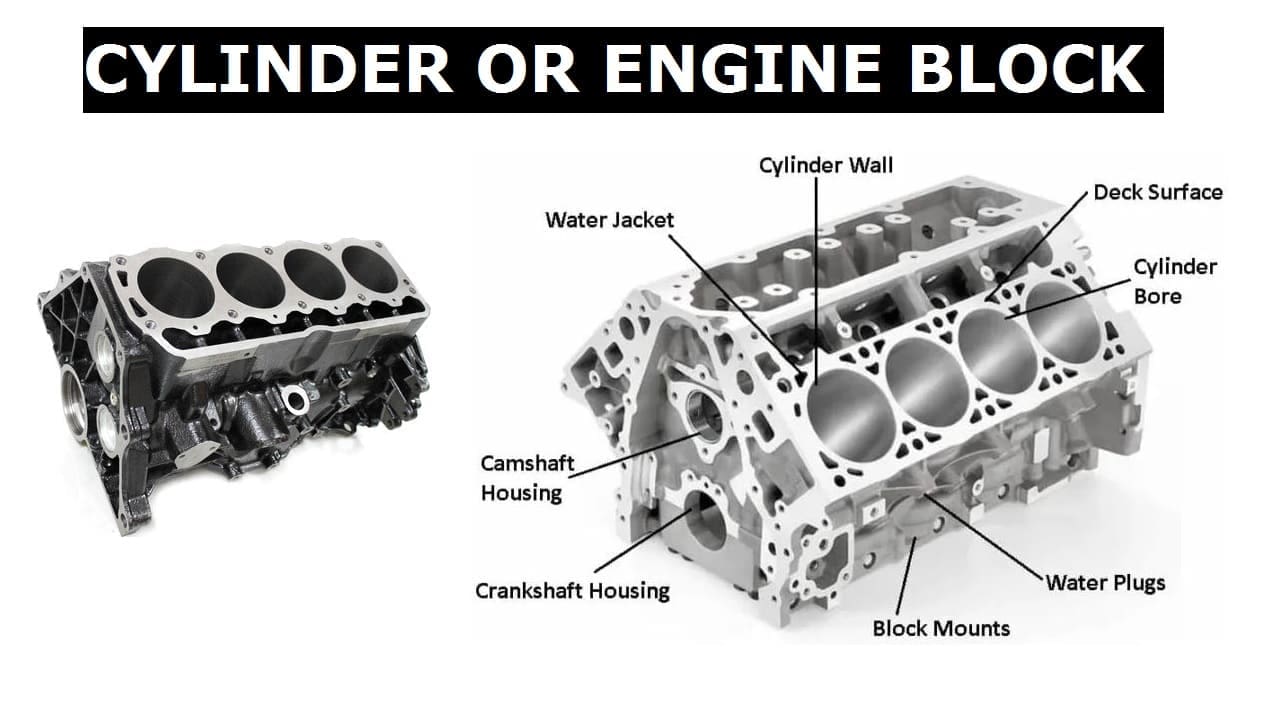
Discussion about this post